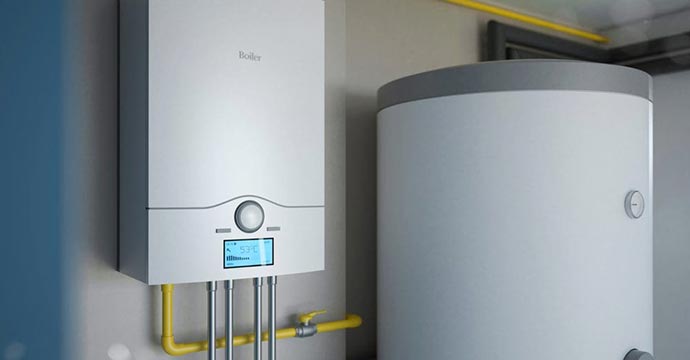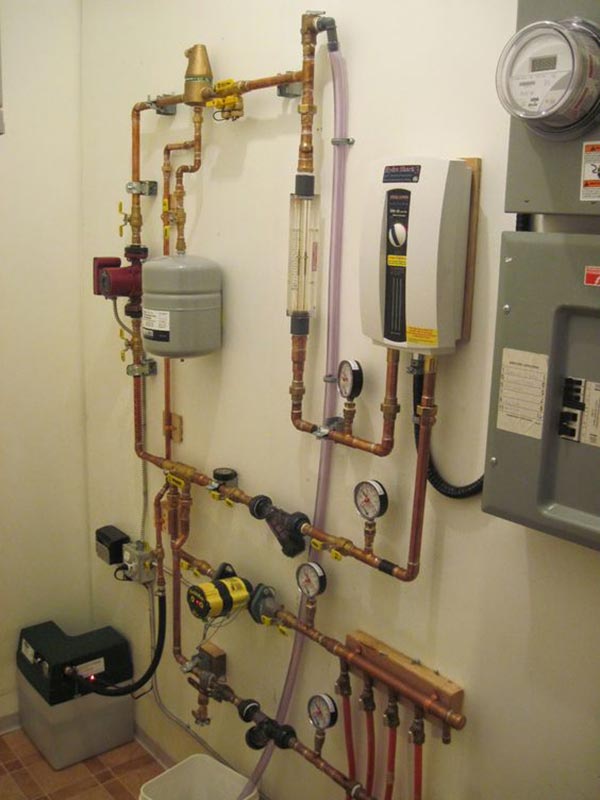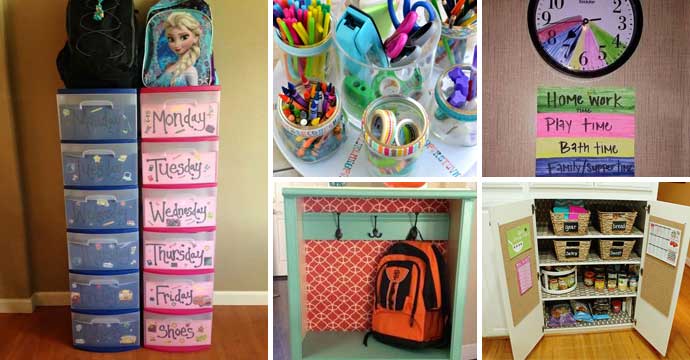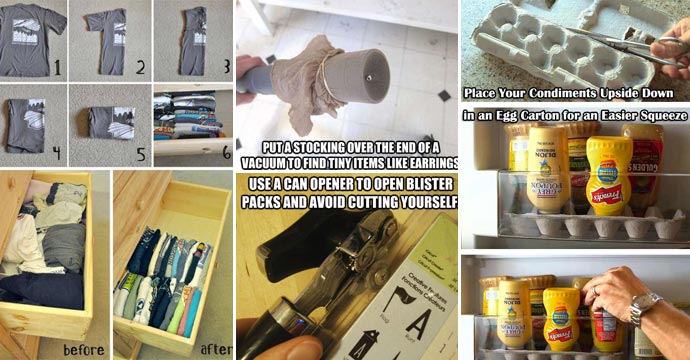Improving The Efficiency Of Your Central Heating System Without Replacing It

The annual cost of gas and electricity for a typical household in the UK is currently just under £2,000. Obviously, that’s a lot of money and it’s understandable that most of us are looking for ways to lower these costs.
You might be considering whether to upgrade your central heating system to a more energy efficient one. However, you need to bear in mind that a new system is likely to set you back around £3,500. It’s a big investment to make, especially if your existing system is still working well.
So, before you start ripping out your old boiler, you might want to look at another option first – improving the efficiency of your current system. Most central heating systems can be run more cost-effectively by taking a few home maintenance steps.
Getting the best out of your current system
As heating systems get older, they can suffer from a build-up of sludge and debris. This collects inside the boiler, radiators and pipework, stopping your central heating from working effectively. So, you can end up with radiators that don’t heat up properly and a home that takes a long time to get warm.
A way to solve this problem is to get your heating engineer to carry out a power flush. A power flush is the process of pushing a cleaning solution through the system, forcing out much of the sludgy build-up. Power flush prices average at around £400, which is much cheaper than a new system. And it can help to prolong the lifespan of your boiler. Once this has been done, it’s worth asking whether your boiler can be fitted with a magnetic filter to help prevent further build ups.
There’s one other maintenance trick you should be aware of to ensure your radiators are always heating up properly, and that’s to bleed them. Air often gets trapped inside, stopping them from getting warm at the top. To bleed a radiator, you’ll need a key to open up the valve at the top. These are small T-shaped tools with a square recess. You slot this over the valve and turn it to release the air. Once you’re done, you simply twist the key the opposite way to close the valve up again. Afterwards, it’s a good idea to check your boiler pressure. The needle on the dial should be pointing somewhere between one and two in the green zone.

Take control of temperatures
Conventional boilers and radiators have a range of controls that can be used to run central heating more efficiently. Modern thermostats can usually be used to programme the heating and adjust the temperature. By automating your controls, you can be sure the system switches off as soon as your desired room temperature is reached. So, the boiler running for longer than necessary. Turning this temperature down by a degree should help to reduce bills further. The bigger your home is, the more you’re likely to save but it could work out at around £100 a year.
On combi boilers, it’s also possible to change the flow temperature. This is the temperature of the water that flows through your system. A setting or dial usually enables you to do this, but it should tell you in your user manual. If your boiler’s flow temperature is currently set to 70°C or higher, try turning it down to 60°C. And if your home is well insulated, you could try lowering it further, to around 50°C. The lower the flow temperature, the more economically your system will be running – potentially saving you around £70 a year.
The other controls you can easily change are those on your radiators. Most of them will have a thermostatic valve fitted to the bottom. The valves usually come with settings between one and five. On number one, the radiator should heat to about 10°C and on number five, to about 30°C. By turning the valve dial from five to two or three, you could save a further £50 on your energy bills over the year. Of course, you may find this leaves rooms too cold. So alternatively, you could leave your radiators on a higher setting in the rooms you’re using and turn them off in the rooms that are empty.
Keeping your home warmer
If warmth is escaping too quickly from your home, you’ll need to keep running your central heating to avoid getting cold. So, aside from carrying out these maintenance steps on your central heating, it’s also important to make sure your home has a reasonable level of insulation. And in older homes, some draught proofing.
Loft insulation should be at least 270mm thick. Older blanket insulation may only be 100mm to 200mm thick, so it’s worth having a check in your loft. Topping it up can be done as a DIY job by adding a new blanket layer over your existing insulation. It costs around £25 a roll but it could save you an extra £40 a year on your bills.
Other cost-effective changes you can make include adding thermal lining material to your curtains and getting blown double glazing units repaired. Resealing your windows costs from around £25 per unit and thermal lining costs around £5 per metre.



